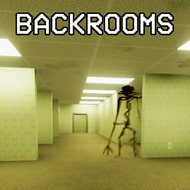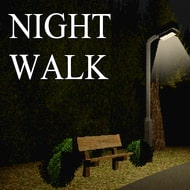

Late Night Walk places the player in a simple but deeply unsettling scenario: a solitary walk down an empty street at night. The concept may seem harmless, but the execution transforms the everyday act of walking home into an experience filled with dread. Instead of elaborate mechanics, the game builds its horror around atmosphere, subtle sound design, and the gradual breakdown of what should be a familiar setting. Every step forward pulls the player deeper into unease, with the unknown lurking just beyond the edges of vision.
The mechanics are minimal, emphasizing immersion. Players move along the street, observing details and listening for cues that something is wrong. There are no weapons or complex tools; survival relies on awareness and persistence. Small changes in the environment—flickering lamps, shifting shadows, or distorted sounds—signal that reality is becoming unstable. The simplicity of control makes every detail more noticeable, forcing players to confront fear without distractions.
The setting mirrors real late-night walks, where silence and isolation amplify fear. Environmental audio plays a crucial role: footsteps echo unnaturally, distant noises suggest someone following, and sudden silences trigger tension. Visual cues such as disappearing landmarks, shifting streets, or shadowy figures transform ordinary streets into unfamiliar spaces. The game uses restraint, letting players imagine threats rather than showing them outright.
Rather than relying on jump scares alone, Late Night Walk builds fear through anticipation. The feeling of being watched, the suspicion that something is behind you, and the growing distortion of reality push players into discomfort. Each step becomes a decision to move closer to danger, even though stopping is not an option. This taps into primal fears of isolation, darkness, and vulnerability in everyday situations.
Though the game is short, replaying offers new interpretations. Small environmental details may be missed the first time, and players often revisit to test their courage or to spot subtle foreshadowing. The minimalist design ensures the experience remains memorable, proving that horror does not always need complexity to leave an impact.